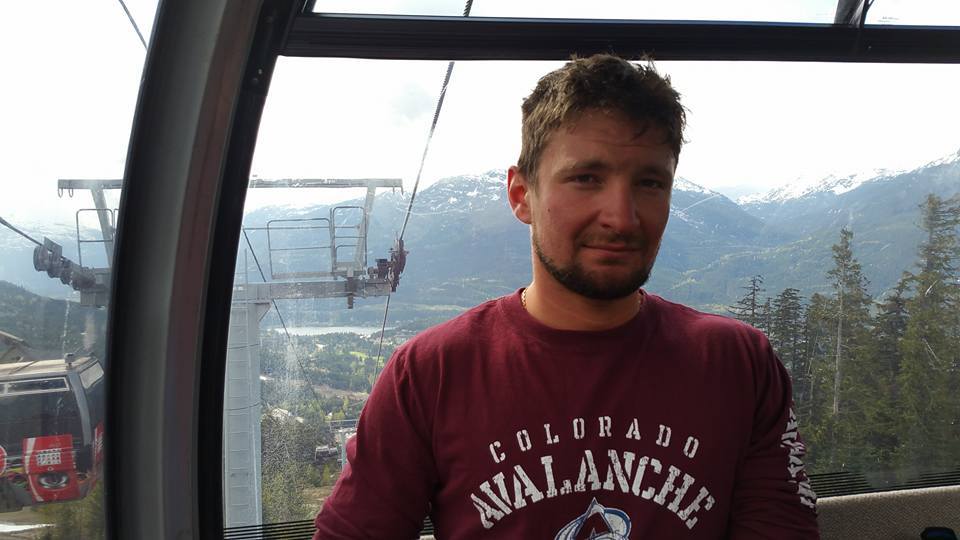
Ah, trash. The remains of products bought and biological output that everyone creates, but no one wants to deal with. Usually people come to take your trash away for you (depending on where you live of course) but in the alpine that isn’t an option. Realizing I work on the incredibly popular Quandary Peak, I decided to create a two month trash study to see what people were dumping and why. The parameters were very simple; any trash that wasn’t created by my coworkers or myself was collected in white trash bags and weighed at the end of my hitch (time period of 3-5 days). I did not know what to expect when I started and I’d like to share my results with you!
The Details
The study covered 7 hitches of work, so I had 7 trash samples to take out with me and I took pictures of each bag. Each hitch we worked in various locations, including sites down low by the trailhead and at our high site at approximately 13,700 feet. I wanted to conduct the study in July and August, knowing from CFI’s traffic counts that these would be the busiest months on the mountain.
Table 1:
| Quandary Peak Trash Study | ||
| Hitch | Quantity* | |
| 7/1 – 7/6 | 0.75 | |
| 7/10 – 7/13 | 1.55 | |
| 7/19 – 7/22 | 1.5 | |
| 7/24 – 7/27 | 1.75 | |
| 8/8 – 8/16 | 2.2 | |
| 8/21 – 8/25 | 1.3 | |
| 8/28 – 8/31 | 0.56 | |
*Where the quantity is measure in pounds, rounded to the nearest hundredth for simplicity and accuracy







The Good
- Honestly I expected a lot worse. Only one hitch supplied me with more than 2 pounds of trash.
- Of the trash collected the vast majority was micro trash. With this distinction I can draw the assumption that much of it was unintentional.
- There were numerous occasions where I saw hikers pick up trash and carry it off the mountain with them. Upon engaging those individuals they indicated that they lived in Colorado and were proud to perform a small act in order to keep the mountains clean.
The Bad
- While most of the trash was found as if it had been left unintentionally, there were a few occasions where hikers had stuffed wrappers and food items underneath rocks in order to hide it.
- Dog Waste: There’s no easy way to say this but I’m pretty disappointed in dog owners. Leave No Trace includes dogs. While I didn’t have the heart to pick up every dog bag that I found, please understand that if I did it would’ve changed the results of the study dramatically. People bag it up and leave it on the side of the trail…and there it stays. Please carry it out, there isn’t enough time in the summer for biological waste to decompose, it just sits there…
- Trekking poles: The biggest contributors to non-biological trash on the mountain were the rubber tips of trekking poles. Found at least 20 of these guys. I assume because they are removable they do fall off, but I wasn’t expecting to find so many.
What People Can Do
- Be vigilant. It’s hard to remember everything all the time, especially when you’re trying to suck in air in the alpine. When you take breaks make sure to do a quick visual sweep of the area you were in before hiking on.
- Make it a mission to pick up at least one piece of trash you find on the mountain (and any 14er in general) and take it out. Leave the mountain in better shape than when you found it.
- For the more popular mountains, start a conversation about trash cans at trailheads with local officials. Quandary’s parking lot has a port-a john but no trashcan.
- Find out more about the alpine! It’s a fascinating and extremely delicate eco-system: the more you know, the more you’ll feel compelled to help sustain it.
Additional Notes
- Outdoor culture is alive and thriving in Colorado. With more people relocating to the state its incredibly important to stress how valuable and beautiful these alpine locations are. Let’s work together to keep them that way!



